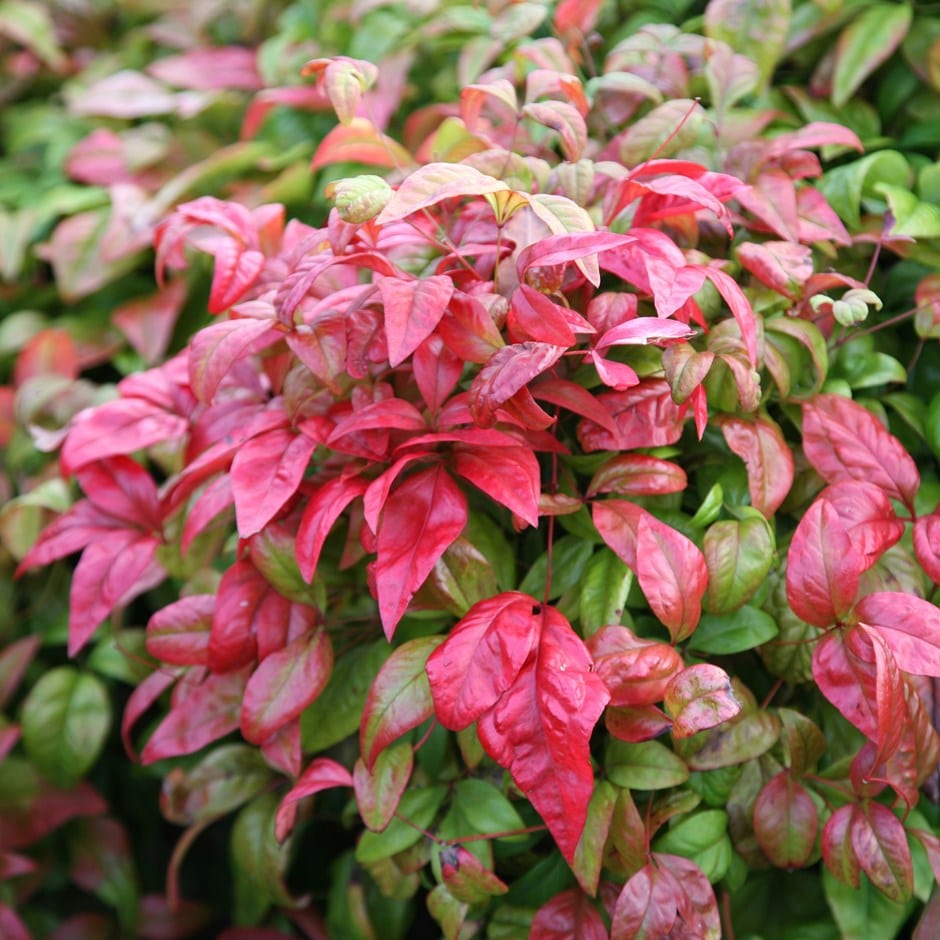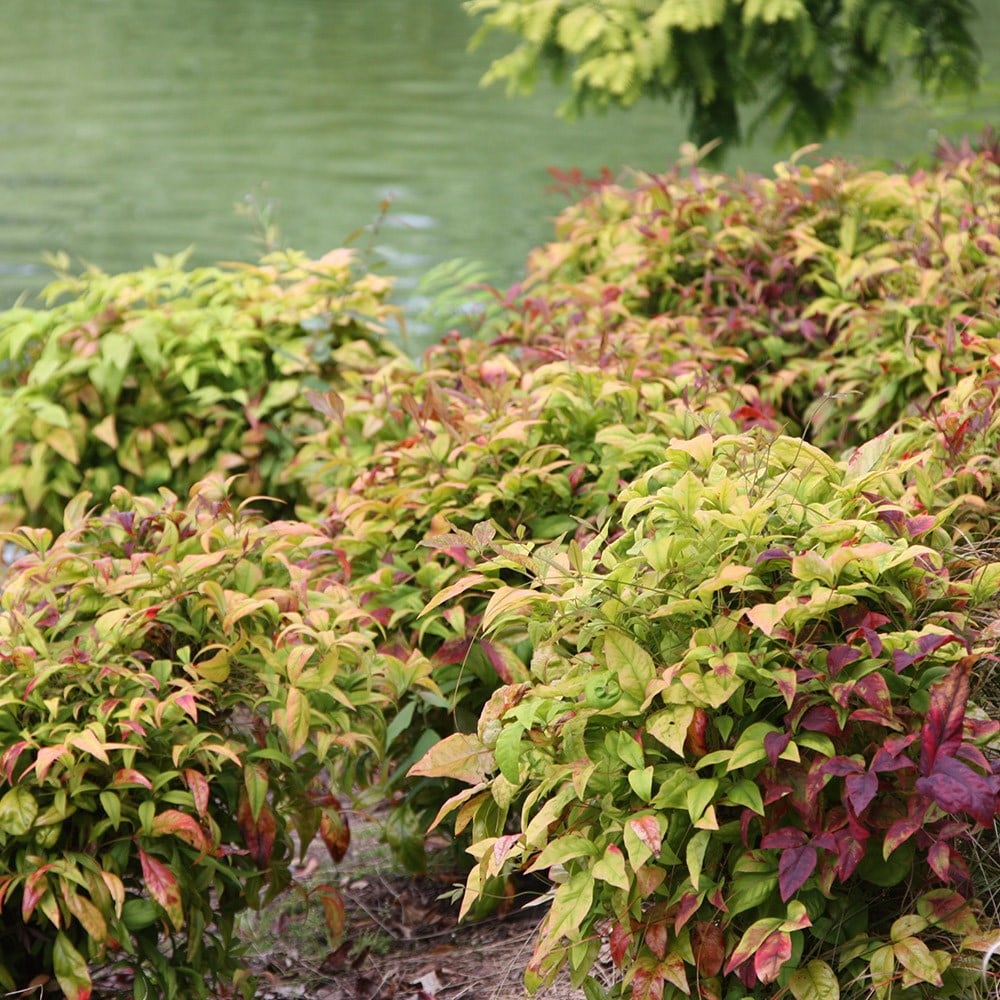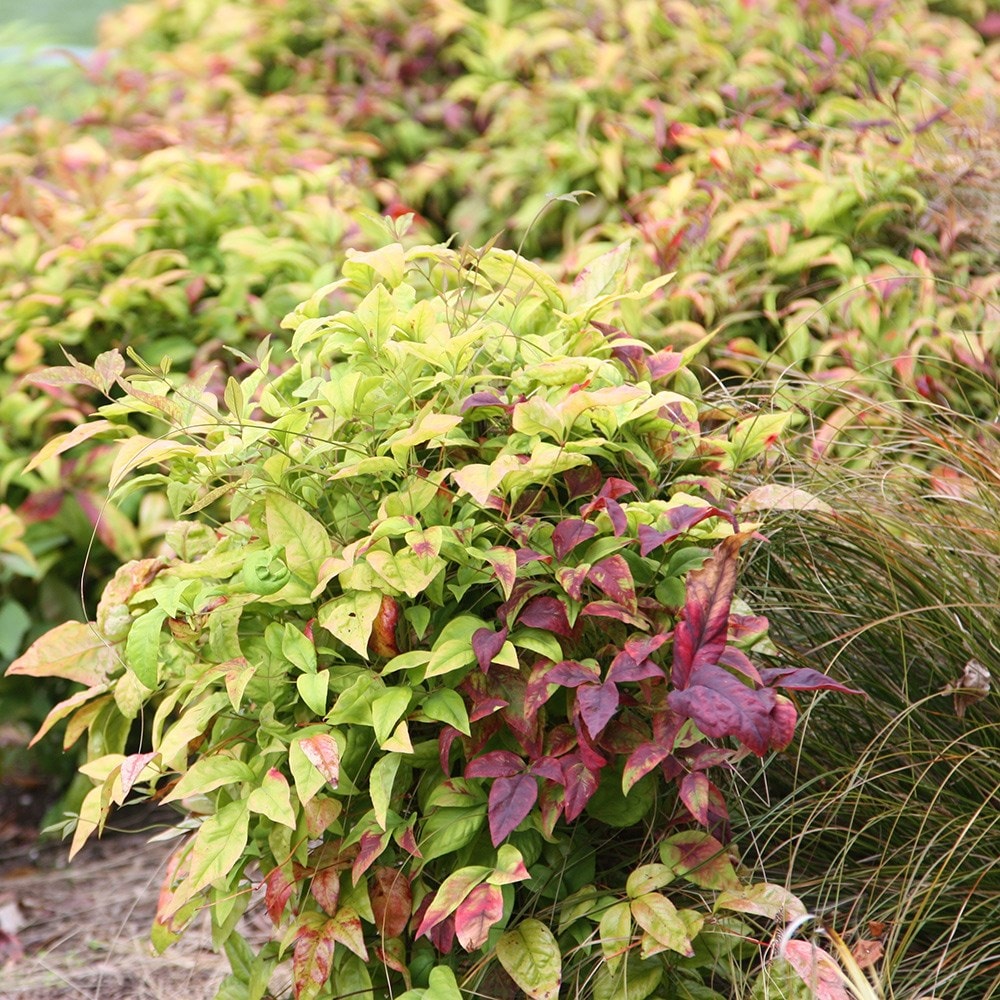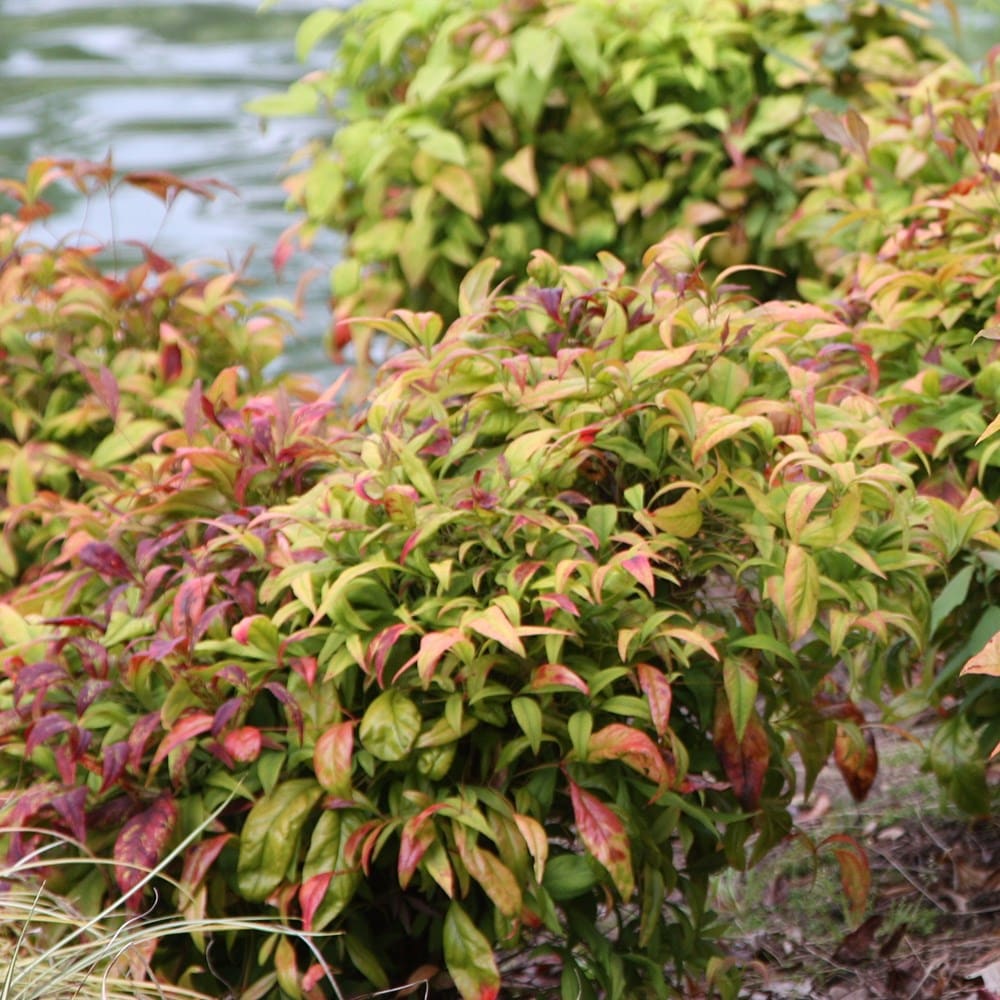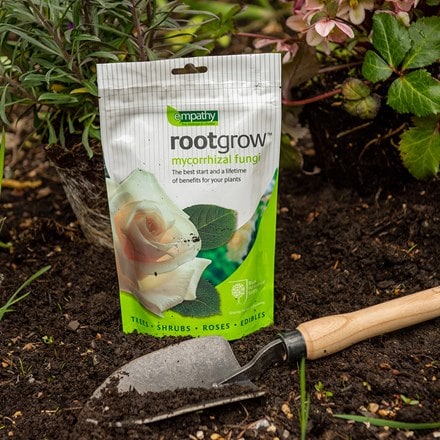Nandina domestica 'Fire Power'
heavenly bamboo
This compact, rounded shrub produces conical clusters of small, star-shaped white flowers in mid-summer among bamboo-like leaves. In autumn, the leaves...
GOES WELL WITH
Jungle
The trick to achieving the tropical effect is good preparation and dense planting, vivid foliage, fiery flowers and striking contrasts. The jungle garden is a place for theatrical planning and planting. If you don't have room or the inclination to turn y
Read full articleJapanese
Make the most of over 3000 years of gardening tradition by creating an oriental-style garden. Originally designed as a place for intellectual contemplation and meditation, they are an ideal sanctuary from the pressures of modern living. Japanese gardens a
Read full article


